Design a digital and physical object that prehends its surroundings
After our initial research our team started analysing different research methods which could help us understand the object interactions. To better analyse how an object interacts with its surroundings within a set environment, sebastian combined the AEIOU method and the Artefact Analysis, and came up with what I referred to as an “object-centred diagram”.
Object-centred diagrams, inspired by the AEIOU and Artefact Analysis methods by Sebastian
While exploring all around like magnetic fiels and smartphone sensors. We further referred to the project ODE TO SOIL: Turning Soil Data into Music, which me and Ines had taken reference for the project UX of soil in Studip Practices. We discussed about folllowing questions on :
How does your object prehend the spaces and other objects around it?
How can it be understood as relational?
How is it prehended telesethetically?
Drawings made by me, Ines and Damul
Ideation
We all agreed to the idea of ‘Prehending the weather of a place and transmitting to another place’.
We started thinking about ideas to amplify the vibrations. Ex. Vibrating walls from the rain and storm + light with colour for the temperature. I tried the first experiment of creating a box with a speaker inside it to create sound waves. Sebastian shared an excellent reference work by Christine Sun Kim’s. We imagined two different use cases for this idea: understanding what the weather is like from the inside, for example, how windy or rainy is it — and feeling the temperature from a distance when calling a relative from another country.
Development and Iteration
We experimented with different materials and documented what worked and what did not. I enjoyed what I have in my tiny house and what I can create in the lockdown period. I experimented with inked liquid and small grains. Sebastian experimented with making the vibration more embodied by involving prominent speakers.
Testing and Making of Concept
While developing the idea, we did many testings with materials and technology. Our prototype included a Sensor Catcher (outside) and a device (inside) to prehend outside weather.
Further developing the idea of
Outside Sensors : prehending and transmitting temperature.
Indoor object: receiving signals and transforming. The humans prehend colours.
I gave my idea to take colour signals for prehending temperature change. This creative thought came from thermochromatic paints. I also experimented with frequency of sounds at the same time to prehend weather outside. As I was developing it further, it made me think of many situational ideas: What if? We can feel temperature through a device inside our houses; maybe it can be more than visual. I illustrated a homepod that can provide an embodied experience. We discussed this imagination, and I quickly made a low fidelity prototype to convey the idea.
As we were going to demonstrate the concept live on zoom, we thought to make the experience better by tweaking some (zoom video call) setting options; Damul helped create an easy way by making visuals for the same.
The feedback
Overall the feedback that we received was positive. Our class and John and Alaistair found our concept interesting, pointing out that we could also think about an exciting way to prehend the environment in other ways. They liked how we made it telesthetic in the sense of connecting locations with making the prehension work.
My insights for this project went positive as we were clearing our mindset on what is prehension by improving on the concept and building more layers. Lack of technical resources made us feel restrictive, but we made it work with what we had, and that is where the creative mind pushes boundaries. I am proud of how we managed to communicate complicated ideas and made it a working prototype in a small time frame.
References
Lindley, J., Akmal, H., Coulton, P., (2020). Design Research and Object-Oriented Ontology in: Open Philosophy Vol 3, №1, Pp.11–41
Roberts, T., (2014). “From Things to Events: Whitehead and the Materiality of Process”. Environment and Planning D: Society and Space. Vol. 32, №6
Ascott, R., (1996). “Is There Love in the Telematic Embrace?” Behaviourables and Futuribles. in: K. STILES and P. SELZ, eds. Theories and Documents of Contemporary Art. Berkeley: University of California Press, pp. 396, 489–498.
Szuyuliu.com. (2021). [online] Available at: <https://www.szuyuliu.com/ode-to-soil>
















